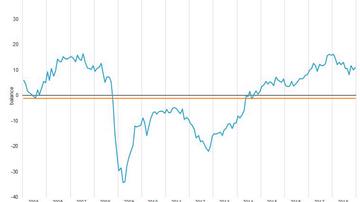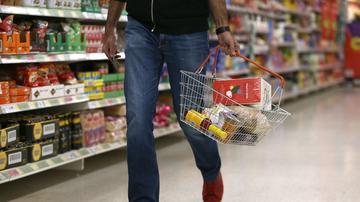

What can we do on this year’s World Food Day to help achieve a world without hunger?
- Produce more with less
- Eat healthier and sustainable food
- Strive for a world without hunger
- Reduce food waste
According to the FAO estimate, today around 75% of the global food is produced from only 12 vegetable and 5 animal species, making the global food system very vulnerable. To provide sufficient food for future generations, one of the key factors will be how agriculture can adjust to climate change.
Self-sufficiency rates amounted to 32% for fruits, 42% for vegetables, 53% for wheat and 55% for potato in Slovenia in 2016. The share of arable land under cereals was 56% in 2016, of which the share of arable land under maize for grain was 38% and arable land under wheat was 33%.
Agriculture needs to adjust to serve future generations
To reduce the vulnerability of agriculture the Strategy of the Ministry of Agriculture, Forestry and Food recommends the restructuring of agricultural production and the increase in organic production (in particular market). PlanB 4.0 for Slovenia emphasizes the importance of implementing supplementary activities on farms and introducing the diversity of production. The share of organic agricultural holdings and agricultural holdings in conversion was 5% in 2016, while the share of mixed agricultural holdings (mixed crop and animal production) was 17%. Both shares have been slowly but persistently growing, so that in 2016 they were the highest ever.
As a measure to adapt to climate change, FAO also suggests adjusting the number of livestock and pasture grazing time in order to reduce the burden on permanent grassland whose area and biodiversity should also decrease; they also propose to increase the share of aquaculture in total fishing. In Slovenia the total number of cattle, sheep and goats went up by 1 percent compared to 2010 to almost 631,000 in 2016, while the area of permanent grassland went down by 0.5 percent to just over 276,000 hectares in 2016. Aquaculture is an economic activity of breeding water organisms in the sea and in inland waters. The share of aquaculture in total fishing (i.e. aquaculture and marine fishing) is increasing; in 2016 it was 89%.
Gap between poverty and food waste generation
In Slovenia 5.4% of residents (i.e. one in 19) were severely materially deprived in 2016. As many as 29% of households were able to make ends meet with difficulty or great difficulty. 7% of households could not afford meat or a protein equivalent every other day or could not afford quality food. On the other hand, a resident of Slovenia discarded on average 74 kg of food in 2016, which is about 0.2 kg per day. 35% of food waste was edible part, i.e. such that could be prevented or at least reduced by raising awareness and proper attitude towards food, while 65% was in normal conditions inedible part, e.g. peels, shells, bones, etc., which in principle cannot be reduced. Three quarters of food waste were generated by end-users, almost half (46%) of it by households and almost a third (29%) by accommodation and food service activities. Among food waste generated by households a third (32%) was edible part, while in accommodation and food service activities the edible part represents almost half (45%) of total food waste.
Food waste represented 12% of all municipal waste generated by households in 2016.
In 2015 a household in Slovenia spent on average EUR 2,671 on food and non-alcoholic beverages and EUR 761 on accommodation and food service activities, which is 18% of total household expenditure. For this money a household could buy on average about 380 kg of food per household member. If on average 60 kg of food waste per end--user in the household was generated in 2015, this means that 16% of food per household member (worth EUR 163) was wasted.

































































